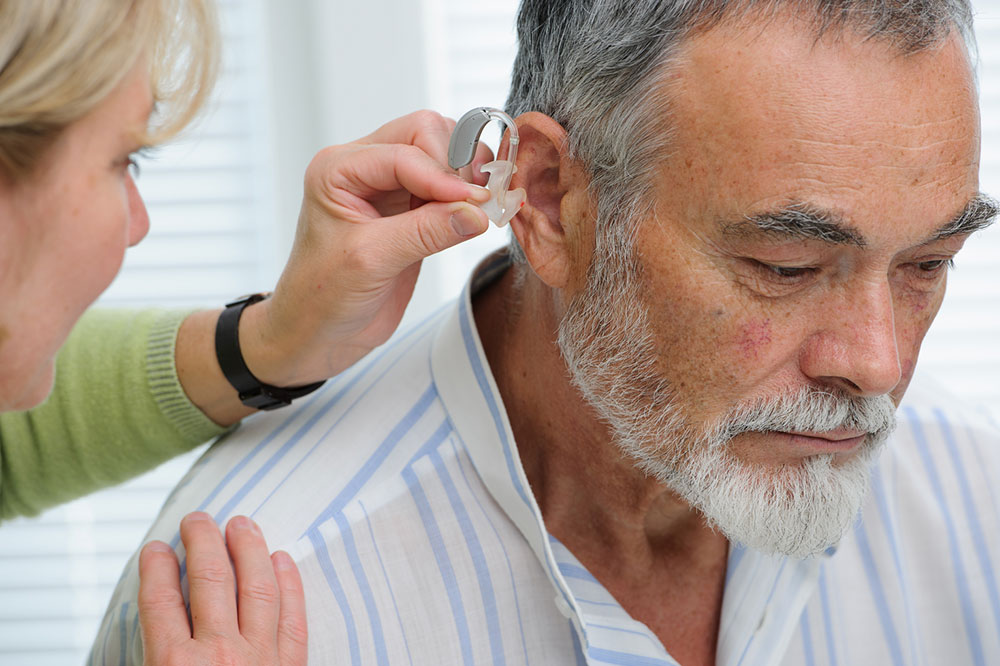Comprehensive Guide to Hearing Loss: Types, Symptoms, Causes, and Risks
This article provides an in-depth overview of hearing loss, detailing its types, symptoms, causes, and risk factors. It emphasizes the importance of recognizing signs early and seeking professional help. Covering sensorineural, conductive, and mixed hearing impairments, it explains the underlying mechanisms and common causes like aging and noise exposure. Designed to inform readers, it encourages consulting healthcare specialists for accurate diagnosis and treatment options, promoting better hearing health awareness.

Hearing loss affects people of all ages, not just the elderly. Factors such as inner ear damage, nerve problems, or injuries can contribute. Interestingly, around two-thirds of individuals with hearing difficulties are under 65 years old. Treatments include hearing aids and surgical options. This guide explores the various forms of hearing impairment, their signs, underlying causes, and potential risk factors to help you understand this condition better.
Categories of Hearing Impairment
Sensorineural Hearing Loss
The most common type, making up approximately 90% of cases, caused by inner ear damage or nerve issues stemming from infections, congenital conditions, or trauma.
Conductive Hearing Loss
Results from blockages like earwax buildup, eardrum perforation, or structural abnormalities, often treatable through medical intervention.
Mixed Hearing Loss
A combination of sensorineural and conductive factors, typically due to chronic infections and structural damages.
Indicators of Hearing Difficulties
Difficulty comprehending speech in noisy environments
Struggling to hear consonant sounds clearly
Asking others to speak more slowly or loudly
Raising the volume on TVs or radios
Underlying Causes
Hearing involves outer, middle, and inner ear structures. Sound waves vibrate the eardrum, then are amplified by tiny bones to reach the cochlea, where hair cells turn vibrations into electrical signals for the brain. Damage from aging, noise exposure, infections, tumors, or ruptured eardrums can disrupt this process.
Potential Risks
Age-Related Changes
Degeneration of ear structures over time can reduce hearing capacity.
Loud Noise Exposure
Prolonged exposure to loud sounds may harm inner ear hair cells, leading to loss of hearing.
Genetic Predisposition
Family history can increase the likelihood of experiencing hearing issues.
Note: This article offers general insights into hearing loss. For diagnosis and treatment, always consult qualified healthcare providers. The information provided does not replace professional medical advice.


